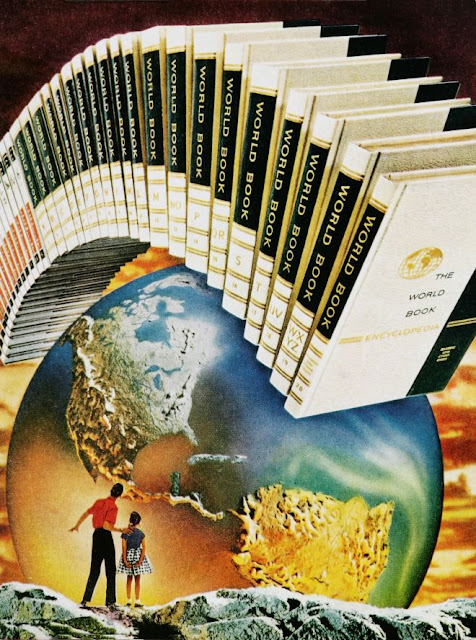Bill Wahl from the Mesa Typewriter Exchange texted me a few weeks ago inviting me to the 2023 Typewriter Round-Up Type-In at Changing Hands in Phoenix. It has been years since I've been to a type-in and this one was really fun. I've organized type-ins in the past but being there and participating in the kononia of typewriter camaraderie is a wonderful feeling. I only brought one typewriter--the blue Royal QDL (last picture in this post).
Saturday, September 23, 2023
Dispatch from the 2023 Phoenix Type-In
Wednesday, July 5, 2023
Real...ぴゅう太 : A Tomy Tutor Tribute Sticker
Want to learn more about the Tomy Tutor? Check out these links:
Cameron Kaiser's "Little Orphan: Tomy Tutor" https://www.floodgap.com/retrobits/tomy/
AtariAge Tomy Tutor Form (Subset of the TI99/4a forums): https://forums.atariage.com/forum/345-tomy-tutor-cc40-992-998-cortex-990-mini/
Tuesday, July 4, 2023
Don Lancaster
I heard that Don Lancaster passed away on June 7th in Mesa. Strangely, I had been leafing through one of his books a few days before --The TV Typewriter Cookbook--thinking about a long-term project. I was looking for his site and I couldn't remember the URL so the search came back with the news. There have been a fair number of posts about Don Lancaster; all in the last few days. From the comments you begin to understand that hobbyists and enthusiasts loved his cookbooks. These texts opened up CMOS, and TTL, and hardware design to a huge audience of tinkerers and makers. It's easy to see that he was a formative teacher and mentor for a generation of hackers.
Polymaths walk among us resisting the urge to specialize. Don Lancaster's passions included day hikes, blogging, prehistoric desert canal systems, Post Script, and more. I've always found him to be an interesting character and one of the charming desert weirdos that make a home in this harsh landscape.
Check out Don's website.
Thursday, February 23, 2023
Apple IIc
 |
| The restored Apple //c mentioned below. |
When did thes place become a retrocumputing blog? I don't know. Somewhere between IBM Selectrics and watches. Even though I am not a computer teacher, I spend most of my days around computers. If you didn't kow I teach Photography now. It was a natural transition (for me) from my life as an English/Yearbook journalism teacher to Photograpy.
For me all hobbies are cyclical.
Retrocomuting is something I did when retrocomuters were just junk. Join me in the mid 1990s.
Being a copmputer hobbyist was fun back then. Roughly 10 years removed from the computer revoltion, modern devices were so advanced that old stuff --the Apples II, Macintoshes, Commodores 64--were plentiful junk. Thrift stores were filled with strange computers that just didn't catch on; piled up and sold pfor pennies for
The mecca of thrifting in Phoenix was a store call Chic and Cheap on Indian School Rd. and 7th Ave. It was a huge place that smelled heavily of cinnamon air freshner, but has some amazing old computer junk. I remember finding an Apple Lisa 2/10 on a shelf for $15. I did buy it and many years later I gave it to a family member. I hope he still has it.
I decided to start collecting at a time when they were cheap and plentiful. That's not the case now. Go on the usual auction sites and they are expensive. OR you are buying junk that you have to fix. I used to be a contender. Here's a little list of all the machines I remember having:
Commodore: Commodore 62, VIC 20, Amiga 500
Apple: IIe, ///, IIc, IIgs (Woz), Lisa, Mac 128k, 512k, 512ke, Plus, SE, SE/30, Mac II
I'm sure that I will remember more as time goes on, but most of them are gone. I still have the SE. I have a Classic from somewhere. That's about it. I can't recall where it all went. Really, it doesn't matter. However, I wanted to get back into retrocoumputing becasue of Where in the World is Carmen Sandiego.
WITWICS was one of my favorite games circa 1984. We had it at school, but the computer at home was a TI99/4a and it definitely wasn't going to get a port. When my father passed the family computer went into a closet and was forgotten. I had always hoped that I would get around to writing a version of the game for the TI. I was young and hoped to make something that would make my dead dad proud. Life and tough memories got in the way and I was interested in other aspects of computers, amateur radio, photography, etc.
History became legend, legend became myth and my retrocomputing passed out of all knowledge. Until, when chance came, I bought a new TI99/4a. My plans for a WITWICS clone came bubbling up and I knew that I wanted to work on that for a while.
But I wanted to playthe original game on vintage hardware to inspire my new version for the TI99/4a.
I needed an Apple II, but I wanted a //c for storage purposes.
To the internet! I found they were all very expensive. After hunting a while I found a rough looking example for a reasonable price (with a powersupply) and ordered it. What ensued is another story for another time, but in all honesty there was Retrobright-ing involved.
In the end I had a machine that could play the first version of WITWICS and do the research for my port to the '99. Will it ever get done? I don't know. It's a big project and the journey is really the destination &c. &c.
Wednesday, December 28, 2022
Waterbury Carriage Clock Repeater
I am in the process of doing a clean and restoration o this clock, but I wanted to have a quick-to-access semi-permanent place to post the pictures. I'll probably post updates as I work on it.
Tuesday, June 7, 2022
I've Always Been a Time Guy
 |
| Why, yes! That is a 3-d printed casing cushion. |





































